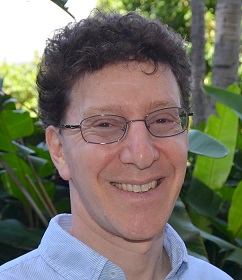Technical Debt: How to Find it and Fix it
Technical debt in software is incurred when developers take shortcuts and make ill-advised technical decisions in the early phases of a project---typically in the rush to deliver something---only to be confronted with the consequences of those shortcuts later: the need for costly and labor-intensive workarounds, high rates of bugs, and low productivity. In this talk I will introduce the general notion of technical debt, and discuss its many manifestations and why you should care about it. Then I will zero in on a specific kind of technical debt--design debt. I will outline the causes of design debt and briefly describe how this debt can actually be quantified. Finally I will present two brief industrial case studies on how design debt was detected and remediated.
Date and Time
Location
Hosts
Registration
-
 Add Event to Calendar
Add Event to Calendar
Speakers
 Dr Rick Kazman
Dr Rick Kazman
Biography:
Rick Kazman is the Danny and Elsa Lui Distinguished Professor of Information Technology Management at the University of Hawaii and a Visiting Researcher at the Software Engineering Institute of Carnegie Mellon University. His primary research interests are software architecture, design and analysis tools, software visualization, and technical debt. Kazman has been involved in the creation of several highly influential methods and tools for architecture analysis, including the ATAM (Architecture Tradeoff Analysis Method) and the Titan and DV8 tools. He is the author of over 250 publications, co-author of three patents and eight books, including Software Architecture in Practice, Technical Debt: How to Find It and Fix It, Designing Software Architectures: A Practical Approach, Evaluating Software Architectures: Methods and Case Studies, and Ultra-Large-Scale Systems: The Software Challenge of the Future. His research methods and tools have been adopted by many Fortune 1000 companies and has been cited over 27,000 times, according to Google Scholar. He is currently a member of the IEEE Computer Society’s Board of Governors, an Associate Editor for IEEE Transactions on Software Engineering, and a member of the ICSE Steering Committee.

